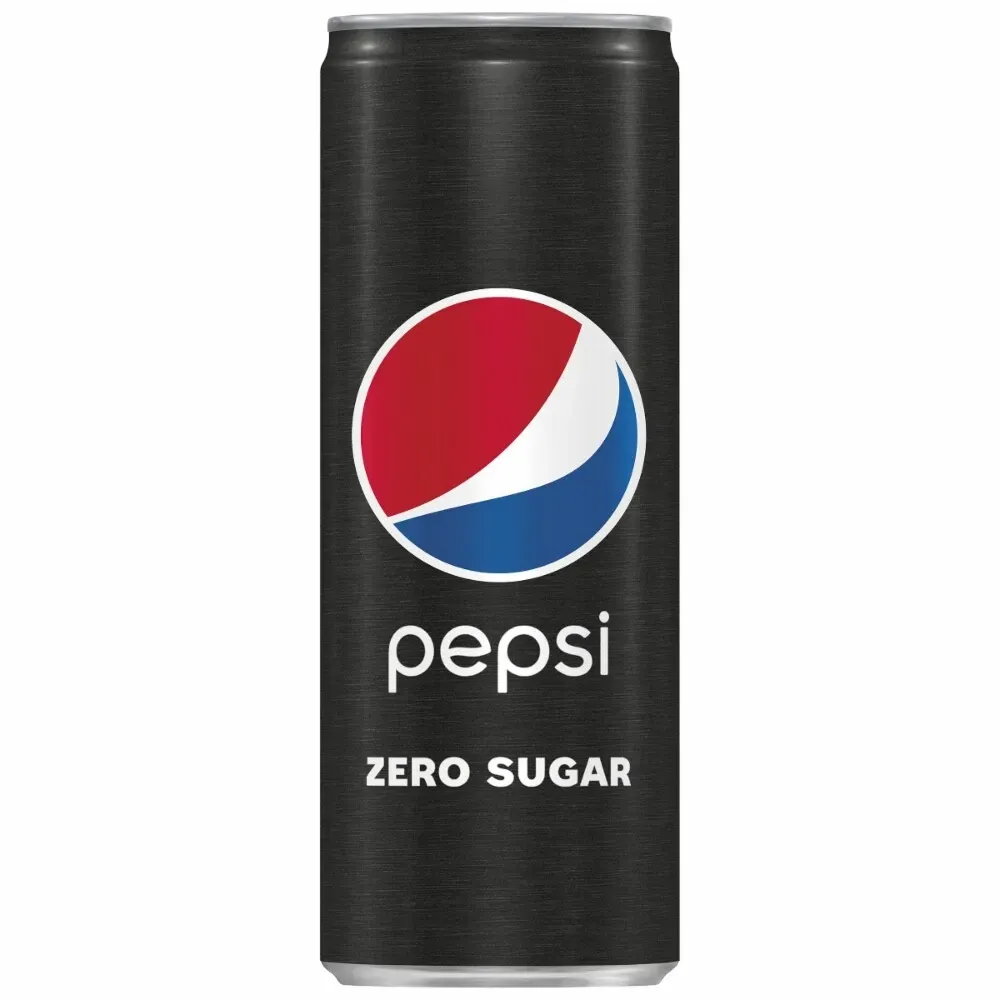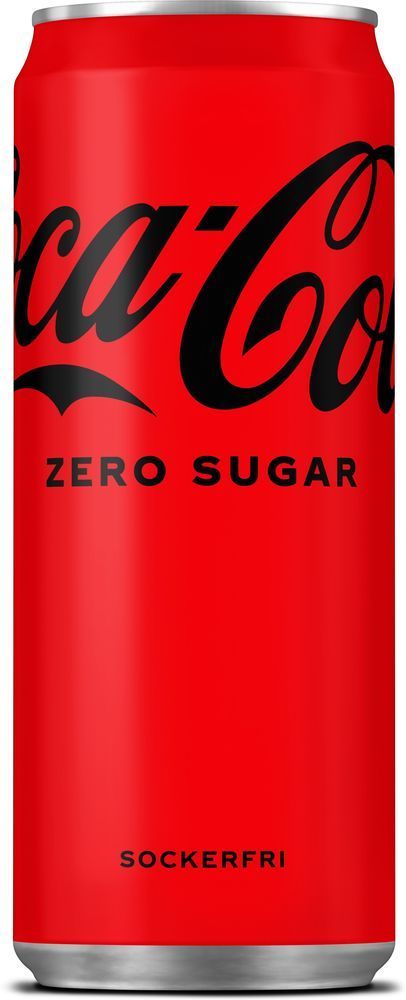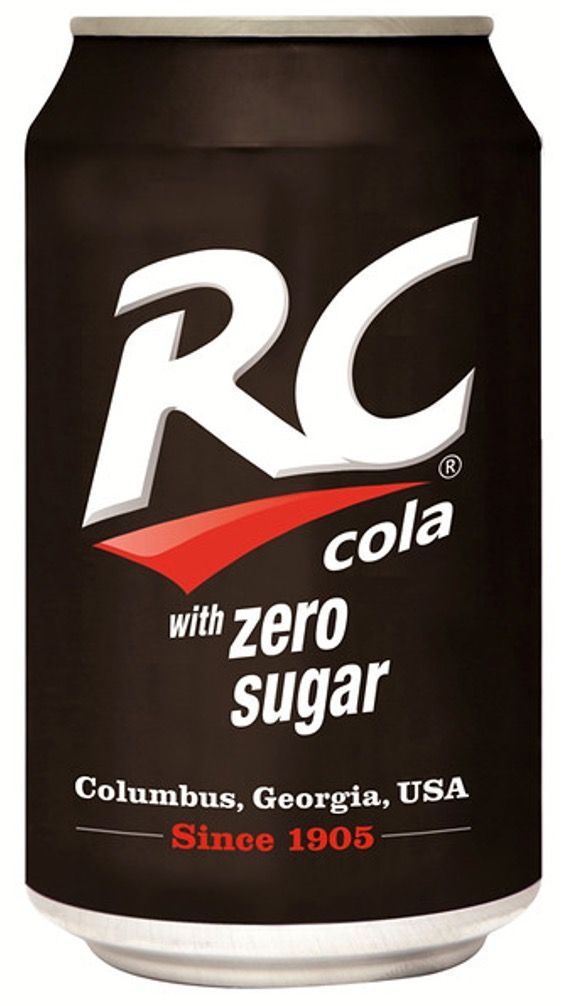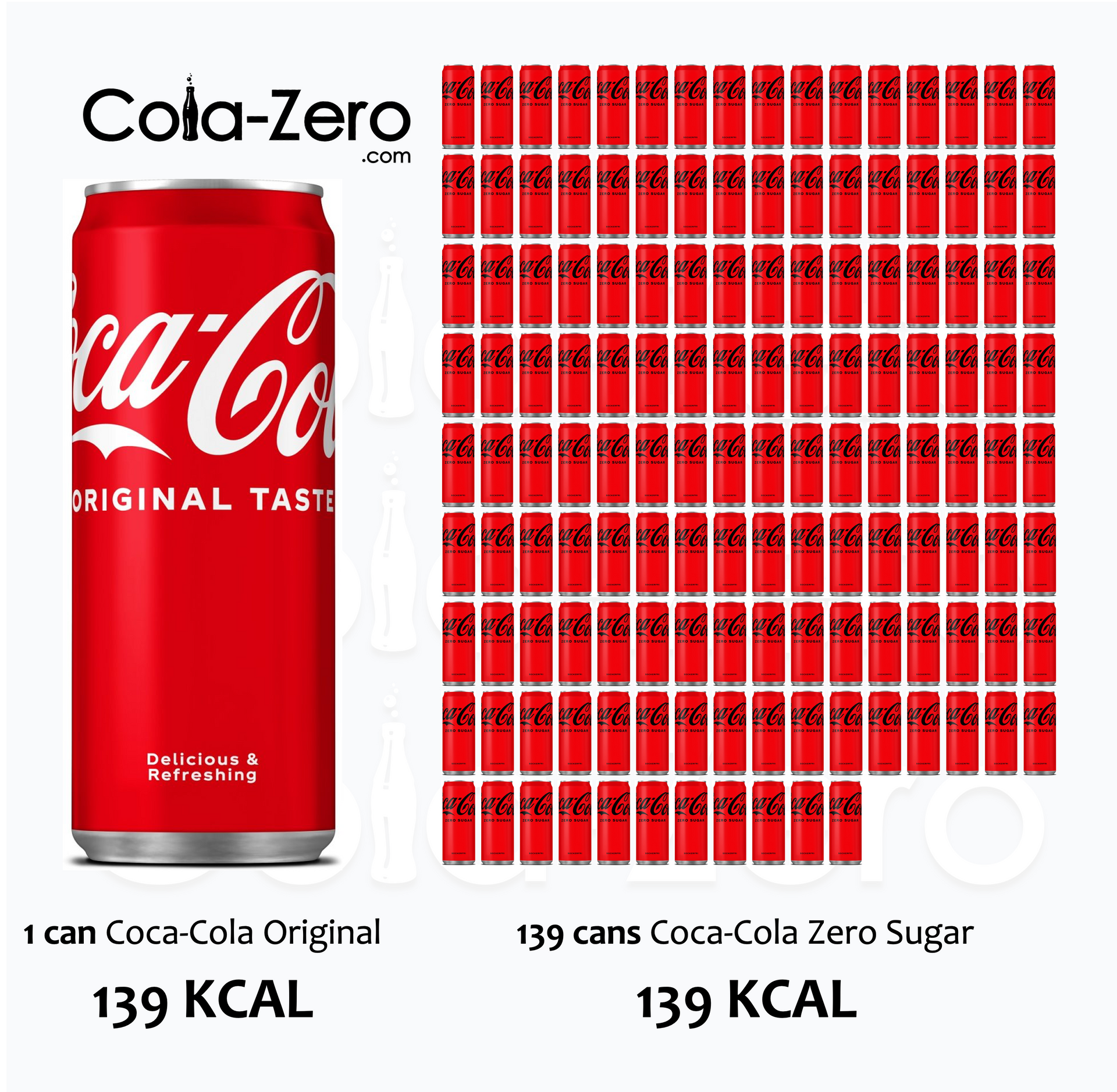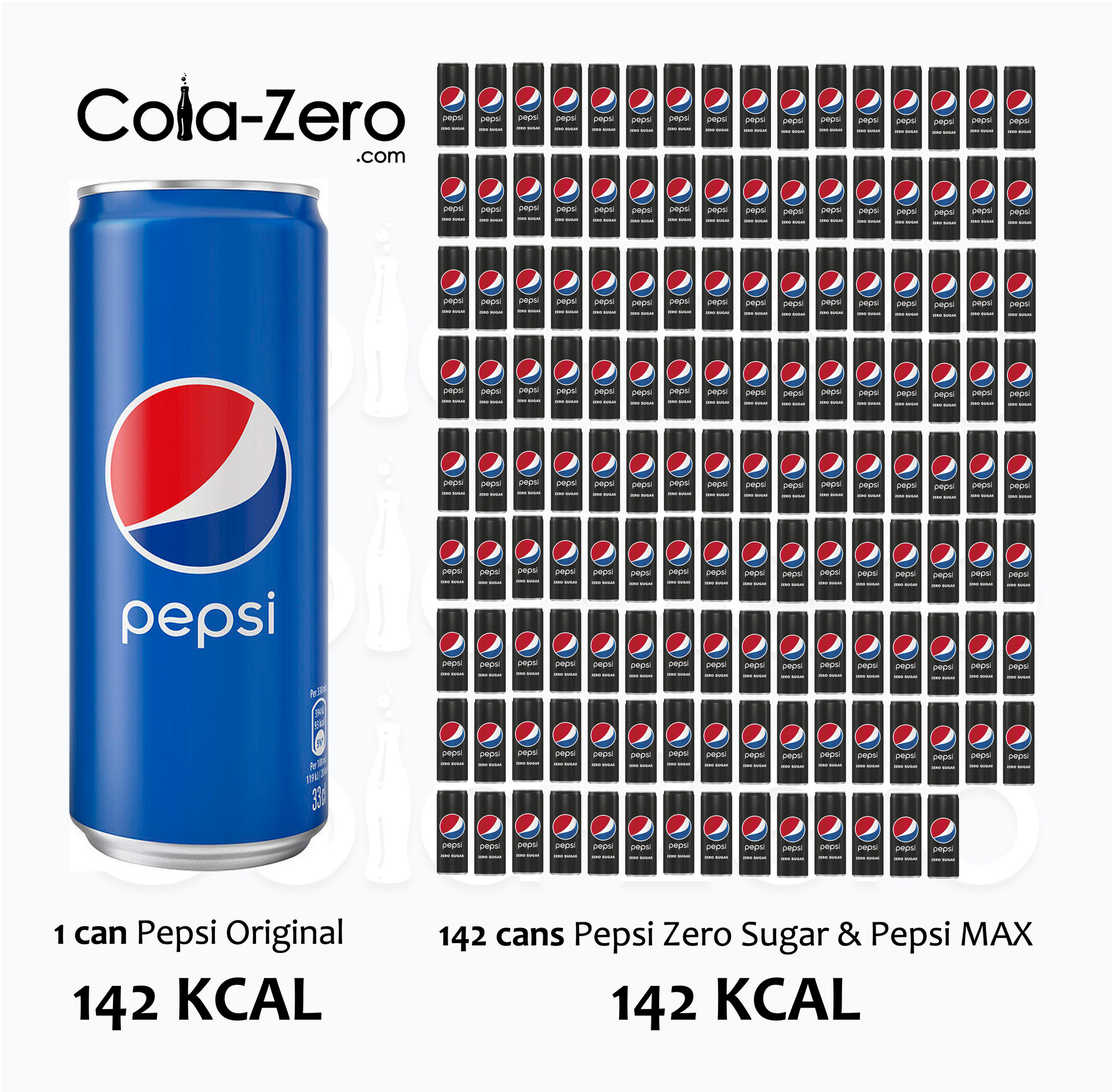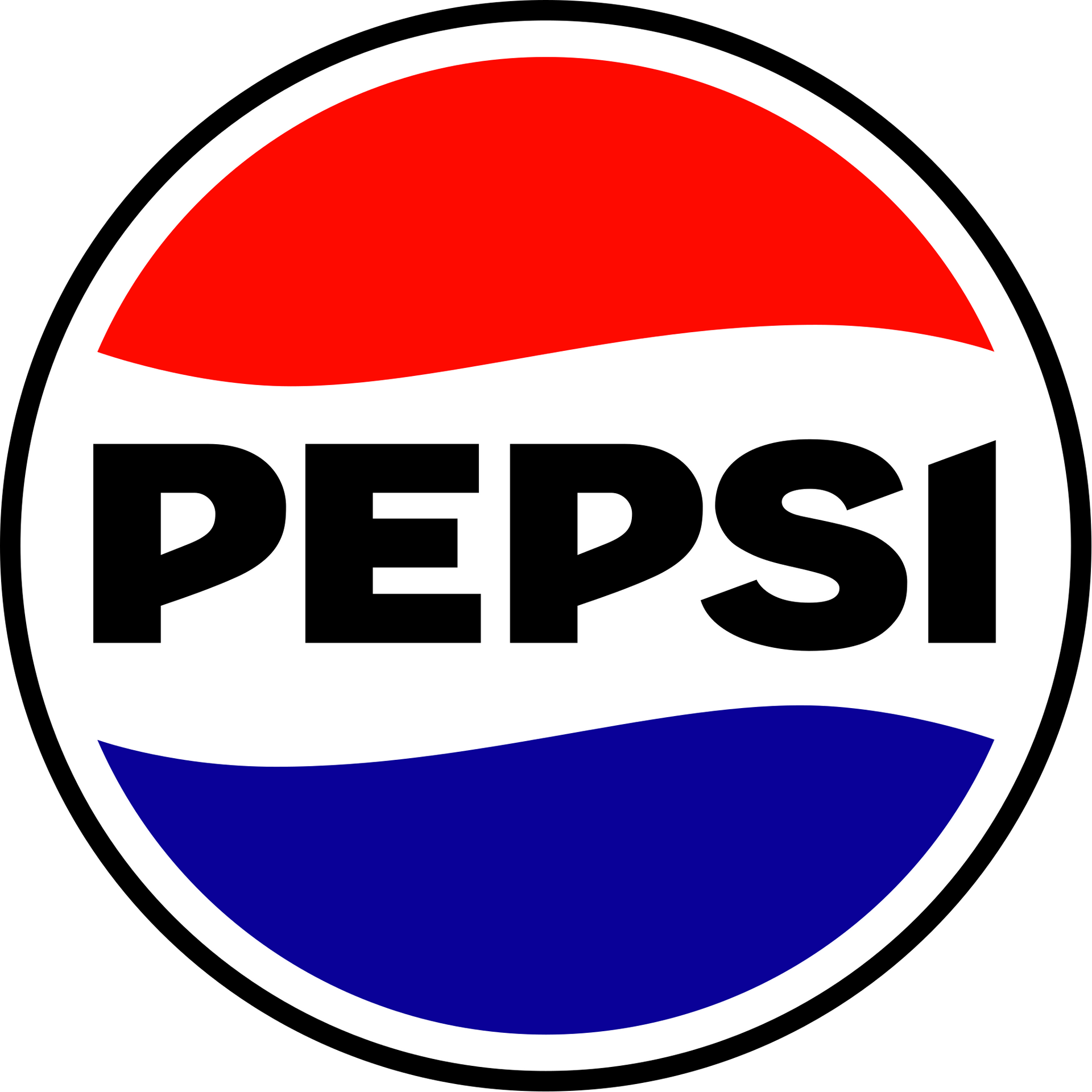What is Cola Zero?
What is Cola Zero?
Cola Zero is one of the most popular soda from Coca-Cola, Pepsi and other brands. Cola Zero Sugar is a sugar free cola (soda/soft drink), that looks and tastes like a regular cola* original, but without the sugar.
*Cola is a sweet, dark-colored carbonated soft drink that often contains coloring agents and (often) caffeine.
18 popular questions
Here you have fifteen FAQ about Cola Zero
A history of Sugar Free Cola
The most important history you want to know about cola zero/diet cola
In 1963, Coca-Cola launched TaB a diet cola soft drink produced and distributed by The Coca-Cola Company (the company was warned not to call it Coca-Cola Diet for fear of damaging their trademark). TaB discontinued in 2020.
Meanwhile Pepsi released Patio Diet Cola (named so for the same reasons as TaB). In 1964, the PepsiCo dropped the confusing brand clash, and Patio Diet Cola became nowknown Diet Pepsi.
The next few years a bunch of diet sodas was launched in the market, for exampel Dr. Pepper Sugar Free. These drinks were no longer made for people with health problems, they had become a national sugar free sensation.
Coca-Cola Diet Coke was released in 1982, and fastlyg replacing TaB as Coca-Cola's flagship diet soda.
In 2005, the The Coca-Cola Company released its next iconic low-cal soft drink without sugar: Coca-Cola Coke Zero.
In June 1, 2007, Diet Pepsi MAX was introduced in the United States, and later in Canada (March 2008). "Diet" was dropped from the name in early 2009. Pepsi MAX is a zero-calorie, sugar-free cola.
In June 29,
2015, PepsiCo announced several product changes which, among other changes, announced that Pepsi MAX would be renamed in North America as Pepsi Zero Sugar. In international markets PepsiCo still use the Pepsi MAX name.
In July 2016, Coca-Cola was rebranded from Coca-Cola Coke Zero to Coca-Cola Coke Zero Sugar in UK. USA soon followed, when the rebranded version became available in August 2017.
Coca-Cola Energy was launched in
2019. It was the first time that Coca-Cola launched an energy drink under it's own brand. Coca‑Cola Energy is available in 250 ml cans and is an energy drink with a taste reminiscent of Coca‑Cola. The drink contains caffeine from natural sources, guarana extract and vitamin B and is free of taurine. The energy drink is available in two sugar-free versions, one with cola and one with cherry.
Why should you choose cola without sugar?
Less calories and no sugar. A can of regular cola contains around 140 calories and 35 grams of sugar (about 10 sugar cubes), while a can of cola Light or cola Zero Sugar just contains around 1 calorie and 0 g of sugar.
Below we see a comparison between cola with sugar and cola without sugar, from the two biggest brands. The big difference is the number of calories, where the usual sugar has been replaced by sweeteners.
Coca-Cola Original Taste
VS Coca-Cola Zero Sugar
Coca Cola Original Taste have 139 calories, Coca-Cola Zero Sugar 1 calorie.
1 can of Coca-Cola Original Taste with sugar = 139 cans of Coca-Cola Zero Sugar.
Pepsi Original
VS Pepsi Zero Sugar & Pepsi MAX
Pepsi Original have 142 calories, Pepsi Zero Sugar & Pepsi MAX 1 calorie.
1 can of Pepsi Original with sugar = 142 cans of
Pepsi Zero Sugar &
Pepsi MAX.
Statistics (Coca-Cola VS Pepsi)
Coca-Cola and Pepsi have been in a battle for the top spot of the soft drink market since their inception in the middle of 1880s.
Both companies are "well-known" brands with loyal customers, but which one is more successful, accordning to numbers?
| The Coca-Cola Company | PepsiCo |
|---|---|
| Brand value (84.86 billion U.S. dollars) | Brand value (70.9 billion U.S. dollars) |
| 50% of the population prefers Coca-Cola** | 42% of the population prefers Pepsi** |
| Coca-Cola market share of 43.7%*** | Pepsi market share of 24.1%*** |
| Coca-Cola’s overall revenue was (33.01 billion U.S. dollars) | PepsiCo’s overall revenue (70.37 billion U.S. dollars) |
| Coca-Cola sold 418.4 billion litres of carbonated beverages | Pepsi sold 310 billion litres of carbonated beverages |
| Coca-Cola’s market capitalization was about 241.77 billion U.S. dollars | PepsiCo’s market capitalization was about 216.25 billion U.S. dollars |
| Coca-Cola has around 24.6 million followers on Twitter | Pepsi has around 3.1 million followers on Twitter |
| Coca-Cola has around 109 million followers on Facebook**** | Pepsi has around 36.8 million followers on Facebook**** |
| Coca-Cola owned 17.8% of the global carbonated soft drink market***** | Pepsi owned 8.4% of the global carbonated soft drink market***** |
| Coca-Cola Zero Sugar recorded a 3% growth in volume***** | Pepsi’s Diet Pepsi recorded a decline by 0.5% in volume***** |
| Coca-Cola spent 4.02 billion U.S. dollars on advertising | PepsiCo spent 6.87 billion U.S. dollars on advertising |
| Coca-Cola’s average daily trading volume is about 19 million shares | PepsiCo’s average daily trading volume is about 5 million shares |
| Coca-Cola has 22 billion-dollar beverage brands | PepsiCo has 6 billion-dollar beverage brands |
| Coca-Cola contains 34mg of caffeine per 12 oz can | Pepsi contains 38mg of caffeine per 12 oz can |
| Coca-Cola operates in over 200 countries | PepsiCo operates in over 200 countries |
*In 2020 - unless otherwise stated. **According to YouGov poll data. ***In 2019 in the United States. **** In July 2023. ****In 2019.
Pepsi Zero Sugar / Pepsi MAX
Pepsi MAX (also known as Pepsi Zero Sugar, and Pepsi Black in some countries) is a low-calorie, sugar-free cola, marketed by PepsiCo as an alternative to Pepsi and Diet Pepsi. Pepsi MAX is still available primarily in Asian and European markets. While Pepsi MAX was released in April 5, 1993, it was first available on store shelves in the United States in 2007.
A drink with the same name but different formulation (containing ginseng and higher quantities of caffeine) was sold in the United States until it was renamed "Pepsi Zero Sugar" in late 2016. Today, many just call it "Pepsi Zero".
Coca-Cola Zero Sugar
Coca-Cola Zero Sugar is a sugar free, carbonated soft drink belonging to the soft drink manufacturer Coca-Cola. First, Coca-Cola Zero was mostly marketed towards men, while Coca-Cola Light was mostly marketed towards women.
The soft drink is claimed (although debated) to taste the same as regular Coca-Cola, unlike
Coca-Cola Light which is said to have a lighter and weaker taste. Coca-Cola Zero has a similar label to Coca-Cola, albeit with a black logo, and with the text "Zero" written below the logo. In 2017, an updated version of
Coca-Cola Zero came. The update is that it now tastes more like regular Coca-Cola Original Taste, and that it now says "zero sugar" on the label. The rest is the same as before.
Fun facts and Statistics of Cola Zero
The most important stats you want to know as a Cola / Cola-Zero fan
| Cola Zero - world wide |
|---|
| Sugar Free Carbonated Drinks Market to reach $243.5 billion by 2030 (cola is the biggest flavor) |
| Coca-Cola dominates the market share worldwide with a share of around 48%, while Pepsi has a share of approximately 20.5% |
| The two biggest Cola-brands (PepsiCo and Coca-Cola) compete across the soda sector in over 200 countries. |
| Dr Pepper is the oldest Cola-brand. (1.Dr Pepper, 2. Coca-Cola, 3. Pepsi) |
| The worlds first sugar free cola was called No-Cal, which was developed by beverage industry pioneer Hyman Kirsch in 1952. Some might think Coca-Cola TaB was the first diet soda, but it was not. |
| Dr Pepper's unique taste is difficult to place or describe. It is counted by many as a cola - but is neither a Cola, Root-Beer nor fruit drink. It has its very own flavor and for that it is loved all over the world today. Dr Pepper also own RC Cola. |
| Pepsi Max was launched in 1993, a 13 year head start on Coca-Cola Coke Zero - which was launched 2006. |
| 43% of all the cola that Coca-Cola sell is Zero Sugar, Diet Coke or Coca‑Cola Life, which have less or no sugar. |
| Coca-Cola vs. Pepsi: Netflix* Settled the Debate with a taste test of the best Cola flavor. In the end, Coca-Cola won 6 to 5 against Pepsi. |
Information
Cola-Zero.com has the ambition to always give you the right information. Minor changes to the product's content and packaging may occur over time and in different country and region, and we therefore ask you to always check the information on the product's current packaging before use.
The exact combination of ingredients, sweeteners and preservatives used varies from market to market. Occasionally there may be small variations in packaging, product name, color, typefaces and layout from country to country. Cola-Zero.com is a fanpage and makes no claims regarding brands, trademarks or products of any kind. You cannot buy products directly from Cola-Zero.com, therefore we refer you to the brand's own sales channels.
Cola-Zero.com is an unofficial, non-profit, non-commercial website and fanpage about soft drinks of cola without sugar.
Share with your friends
Click at the icon to share this page
Facebook and Instagram
Follow us on social media

